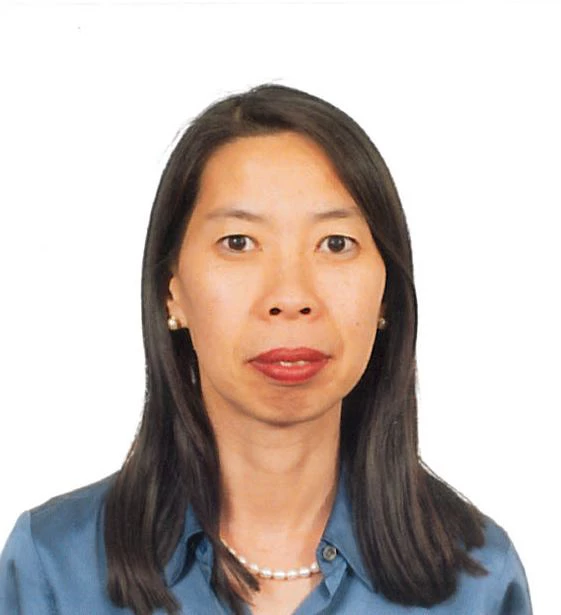
So I just returned from a terrific mission to Myanmar and Laos, two countries experiencing strong annual growth rates, and both facing challenges of making rapid growth inclusive and just for all its citizens.
Myanmar is a country in transition. After decades of international isolation and armed conflict, in 2011, Myanmar launched major political and economic reforms aimed at increasing openness and building the economy. The first World Bank engagement there after 25 years was the National Community-driven Development (CDD) program approved in 2012. Entering its third year of operation, the program was designed to put the Government’s new commitment of “people-centered development” into practice on the ground, no small feat following 50 years of top-down military rule. The program is in the midst of an ambitious scale-up, from its current coverage of nine townships expanding to 62 townships to eventually benefit some 7 million poor villagers throughout the country.
Our supervision mission coincided with the program’s Second Annual Multi-Stakeholder Review. And what a week it was! When the project was first designed, I was skeptical that such an event would even take place despite its mention in the project document. I thought, “Sure - all good intentions at the outset and on paper but let’s see if this really happens.”
To prepare for this week-long review, thousands of villagers in project sites undertake social audits to take stock of program achievements and score project processes and results through secret ballots. Those results are then aggregated by township representatives to be presented at the annual Multi-Stakeholder Review, which was opened by the Vice President of Myanmar, and attended by ministers, parliamentarians, civil society groups and other development partners.
What struck me as memorable about the week-long event were two takeaways. First, the sheer scale of the event. The beginning of the week brought together over 530 local government staff and facilitators discussing what they like and didn’t like about the project over the past year and providing concrete, constructive recommendations to improve the project for the coming cycle. The energy, good will, and enthusiasm of participants were palpable. The second “shocker” was the transparency and dare I say, honesty of the event. Up on the large conference hall screens, the implementing agency, the Department of Rural Development, displayed the achievements of the past year – with approximately 700,000 poor villagers benefitting from improved access to clean water, roads, markets, schools and health services. But even more impressive was the presentation of all the grievances, inquiries and problems reported through the project feedback channels, shining a light on the real challenges and difficulties faced in the field. At the outset, many people told us that the grievance redress mechanism would never work; villagers would be too scared to speak up. If you had asked me three years ago when we were first designing the project, whether we’d be having such an open, transparent dialogue between Government, civil society and communities, I would have bet you a bowl of Shan noodles, no way.
The team spent the following weeks translating the many suggestions from participants into procedural and operation manual changes for the next cycle, which is due to kick off this month. Our field visits to existing and pipeline project sites in Htantabin and Monyo townships revealed the huge enthusiasm of communities towards the program but at the same time, reminding us of the enormous mundane challenges of expanding township offices, installing internet, procuring motorcycles, recruiting and training new staff, and all the essential logistics underpinning the program’s ambitious expansion.
What does all this mean in the grander scheme of Myanmar’s transformation? The upcoming November elections and ongoing ethnic and communal violence will continue to present huge risks in the country’s historic transition. The government’s CDD project is a small but important piece of Myanmar’s overall reform process; one step forward amongst many to create a more just, inclusive and fair society for all its citizens. Despite the real and vexing procurement and fiduciary problems, the inevitable missteps and the many day-to-day hassles, not a bad start at all.
Next week: On to Laos… (Part 2)


Join the Conversation